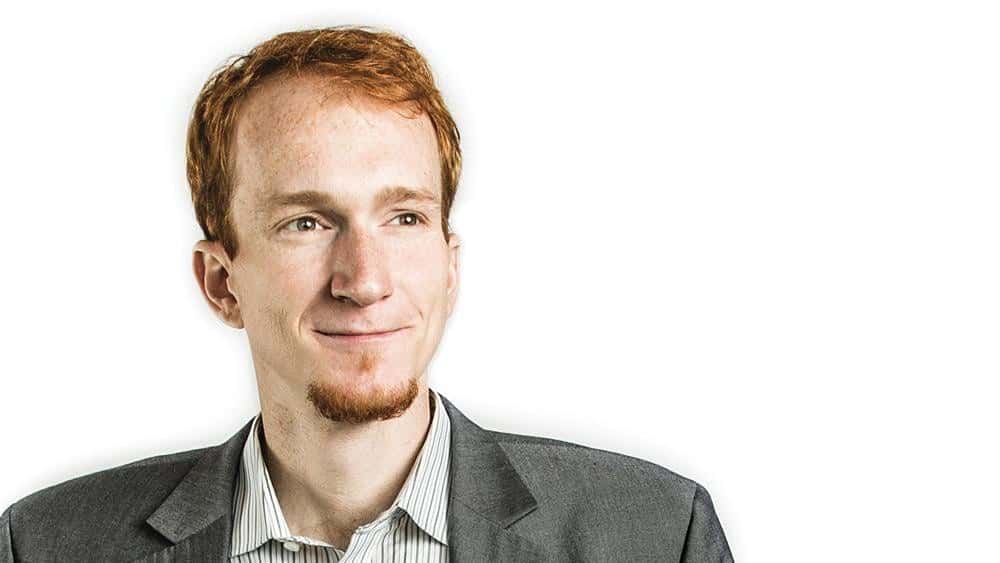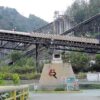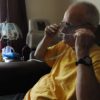Introduction
It is difficult to imagine someone more voiceless or whose suffering is more silent than the Appalachian coal miner.
Drive the meandering roads through the hills and hollows of southern West Virginia, and you’ll glimpse immense beauty pockmarked by crushing poverty. Hidden away here are the men and women who live and die for coal, who spend lifetimes underground and see the fruits of their labors enrich others and deliver cheap energy, who suck in dust and don’t complain as it blackens their lungs and chokes off their breath.
That is where this project was born.
I was drawn to central Appalachia in early 2012 by an earlier investigative project about a striking resurgence of black lung disease.
Amid my reporting, I encountered pervasive misconceptions about the disease. The first is that black lung is an old man’s illness, a relic of a past era of mining. The second: With coal on the decline, black lung is slowly fading into obscurity.
In fact, after decades of falling disease rates since federal legislation in 1969 forced companies to control the amount of dust in mines, a reversal occurred in the late 1990s. Since then, government researchers have documented an increase in the disease’s prevalence accompanied by the disturbing trend of younger miners contracting more severe cases.
In the first decade of this century, black lung claimed more than 7,400 lives, government data shows. A government epidemiologist described the recent increase in prevalence as “an epidemic.”
Though coal’s dominance has eroded to some degree, more than 85,000 Americans still work to claw it from the earth. The same technological advances that have allowed greater productivity also pose greater risks to miners as powerful machines generate clouds of disease-causing dust.
In recent years, the number of federal black lung benefits claims has been increasing, but miners’ success rate remains low — about 14 percent at the initial level during the 2012 fiscal year.
As I traveled through West Virginia, Kentucky and Virginia for my earlier project, reporting on black lung’s surprising return alongside NPR journalists, I began to hear stories of injustices in the federal benefits system. I tried to put these tales to the back of my mind and focus on the story at hand. The benefits system seemed too big, too complicated.
But the stories of sick miners being denied benefits kept coming.
It was not long after the Center-NPR stories were published in July 2012 that I heard about the case of Gary Fox. His story, which is featured in the first installment of this series, is one that I could not ignore.
Slowly, I was drawn into this world of administrative courts and arcane rules that touches thousands of lives each year. There was a widespread sense among miners and their advocates that the deck was stacked against them. Many simply stopped bothering with what they considered a system gone horribly awry.
Troubling questions emerged: Were significant numbers of sick and dying miners really being wrongfully denied benefits? And, if so, how could this be happening?
“Breathless and Burdened” begins answering these questions. Over the course of about a year of reporting, it became clear that miners with classic signs of black lung indeed were being caught in the maw of a complex system, left with nothing, litigated to death.
My reporting trail led to unexpected places, from isolated clinics in Appalachia to the pristine corridors of the nation’s top-ranked hospital.
A primary challenge — and one reason this world has received relatively little scrutiny — was the wall of confidentiality blocking access to even the most basic information about benefits claims. Case files contain tremendous amounts of detailed medical and financial information that is protected by privacy laws. This means documents that would be accessible in most court cases are off-limits.
As I read judges’ opinions — the only portion of the record publicly available — and identified key cases, I got in touch with miners or their surviving family members. Almost without exception, they agreed to sign waivers allowing me access to their entire files. Most felt that what had happened to them was wrong and wanted their stories told.
Their files date from the 1970s to the present and include hundreds of thousands of pages.
The creation of a pair of databases was similarly crucial. There is no database cataloguing doctors’ involvement in claims, so I spent months reading thousands of cases and logging information in spreadsheets. Aside from yielding valuable quantitative information, this pointed to key examples and trends and allowed for a broad perspective of how cases typically play out.
Countless experts helped me navigate the medical and legal complexities I had to understand and then try to translate into sentences that don’t require a medical or legal degree to read.
This work formed the backbone of the series, but the miners are its heart. These men allowed me into their homes and the most private corners of their lives. They were blunt, tough, kind and honest. I sat in their living rooms as they gasped for breath or inhaled oxygen from a tank. They betrayed no self-pity as they described the hardships they’d endured and the ones they knew were ahead.
These men generally knew the risks they were taking by entering the mines, but, for most, it was the only way to make a living. Many liked the work and felt invincible.
The most stinging wound for many of these men is not the disease itself but a gnawing sense of betrayal. To them, going to work in the mines was like signing a contract. They’d spend their lives away from their families and risk crushed limbs, bad backs and scarred lungs. In return, the company would take care of them if the job wrecked their bodies.
Instead, what they’ve found is an all-out effort to defeat their claims for benefits, which start at just over $600 a month and max out at just over $1,250 monthly for a miner with three or more dependents.
Companies contest virtually every award, and cases can drag on for years or even decades. “Breathless and Burdened” details the lengths to which lawyers and doctors working at the behest of these companies will go to defeat claims.
The public also has a contract with miners, signed in 1969 with the passage of the Federal Coal Mine Health and Safety Act, which promised to take the necessary steps to eliminate black lung and, when miners did get the disease, to take care of them.
Far too often, these protections are illusory, failing miners twice.
Read more in Environment
Breathless and Burdened
ABC News investigation: black lung and doctors for the coal companies
Breathless and Burdened
Johns Hopkins medical unit rarely finds black lung, helping coal industry defeat miners’ claims
Part 2 of a 3-part series, ‘Breathless and Burdened: Dying from black lung, buried by law and medicine’



Join the conversation
Show Comments